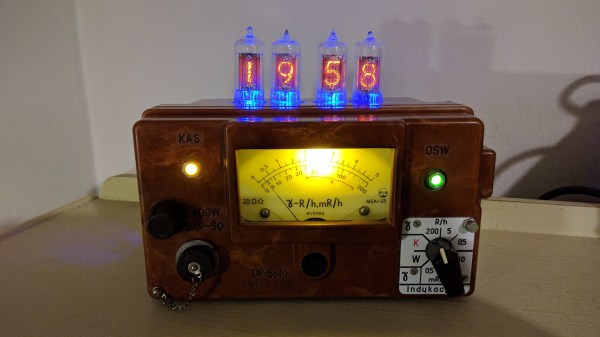No matter what you think about Nixie tubes, you’ve got to admit that having a Nixie custom made for you would be pretty cool. The cost of such a vanity project is probably prohibitive, but our friends at Keysight managed to convince none other than [Dalibor Farný] to immortalize their logo in glass, metal, and neon, and the results are beautiful.
Nixie aficionados and lovers of fine craftsmanship will no doubt be familiar with [Dalibor]’s high-end, hand-built Nixie tubes, the creation of which we’ve covered before. He’s carved out a niche in this limited market by turning the quality far above what you can find on the surplus Nixie market, and his custom tubes grace sleek, distinctive clocks that really make a statement. Bespoke tubes are not a normal offering, but he decided to tackle the build because it gave him a chance to experiment with new methods and materials. Chief among these are the mesh cathodes seen in the video below. Most Nixies have thin cathodes for each character cut from solid sheet metal. The elements of the Keysight logo were skeletonized, with a solid border and a hexagonal mesh infill. We’d have loved to see the process used to create those pieces — laser cutting, perhaps?
The bulk of the video is watching the painstaking assembly process, which centers around the glassblower’s lathe. It’s fascinating to watch, and the finished, somewhat out-sized tube is a work of art, although part of the display seems a little dark. Even though, [Dalibor] needs to be careful — plenty of outfits would love to see their logo Nixie-fied. Wouldn’t a Jolly Wrencher tube look amazing?
Continue reading “Custom Logo Display Pushes Nixie Tube Technology”






















